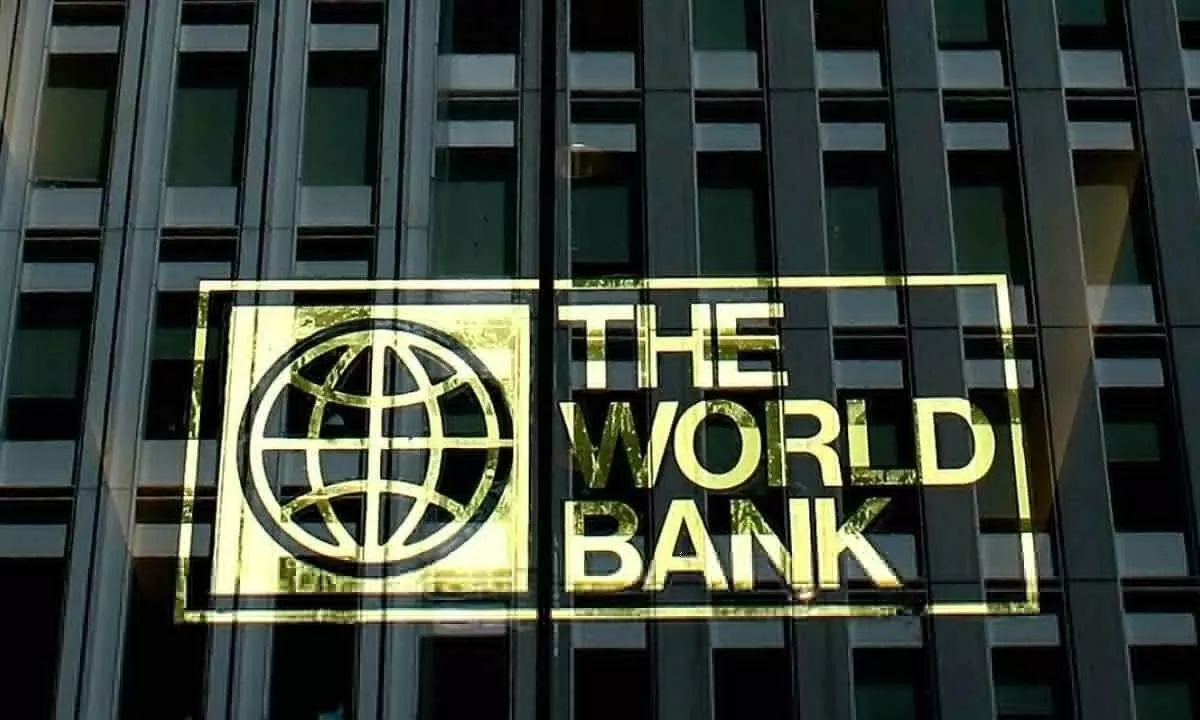World Bank expects India’s fiscal consolidation to continue in FY23/24
The expected moderation is mainly due to challenging external conditions and waning pent-up demand
image for illustrative purpose

India‘s capital markets still face challenges in becoming as internationally integrated as those of some other major economies. One major issue is the historically low level of internationalization due to factors such as foreign-ownership restrictions, taxation complexities and currency controls, which have deterred foreign investors. Towards this, the country has been actively working to increase internationalization of its capital markets by implementing reforms
India was one of the fastest-growing major economies in FY22/23 at 7.2%. Its growth rate was the second highest among G20 countries and almost twice the average of emerging market economies.
The World Bank expects fiscal consolidation to continue in FY23/24 with the fiscal deficit projected to continue to decline from 6.4% to 5.9% of GDP. Public debt is expected to stabilize at 83% of GDP. On the external front, the current account deficit is expected to narrow to 1.4% of GDP and it will be adequately financed by foreign investment flows and supported by large foreign reserves.
The International Democracy Union (IDU) expects that global headwinds will continue to persist and intensify due to high global interest rates, geopolitical tensions and sluggish global demand. As a result, global economic growth is also set to slow down over the medium term against a background of these combined factors.
In this context, the World Bank forecasts India’s GDP growth for FY23/24 to be at 6.3%. The expected moderation is mainly due to challenging external conditions and waning pent-up demand. However, service sector activity is expected to remain strong with growth of 7.4% and investment growth is also projected to remain robust at 8.9%.
By 2030, India will be the second-largest economy in the Asia-Pacific region as strong macro-fundamentals and an improving business environment drive investment-led growth. Increased bank lending and capital expenditures from firms coupled with improving business conditions, are promising signs to accelerate economic growth in India. Moreover, the growing role of services and India’s diversification out of the ICT sector will provide a competitive advantage, while the manufacturing sector is also set to grow. The economic growth will average around +6.3% p.a. until 2030, primarily driven by investments and consumer spending and inflation to average around 4.8% p.a. well within the Reserve Bank of India’s target range of 2-6% between 2021 and 2030.
This rosy macroeconomic story is clouded with managing transformations which are game changers for the world, and for India: globalization, demographics, climate change, AI and technology, and conflictuality, to name a few.
The Indian government has started to prepare for the 2024 elections but the risk of fiscal slippage remains contained. On the global stage, India tends to align more and more with the US although it has tried to maintain its historical stance of non-alignment and possesses the diplomatic power to be the bridge between the Global South and the West. Yet, its growing importance must be analysed from a multidimensional perspective due to the growing costs and tensions to neighbouring regions.
India‘s capital markets still face challenges in becoming as internationally integrated as those of some other major economies. One major issue is the historically low level of internationalization due to factors such as foreign-ownership restrictions, taxation complexities and currency controls, which have deterred foreign investors. Towards this, the country has been actively working to increase internationalization of its capital markets by implementing reforms like Foreign Portfolio Investment (FPI), easing restrictions in certain sectors and trying to boost international financial centres like the GIFT City.
The current environment offers multiple advantages for India, but being ‘the new China‘ is not the right target. China’s financial markets are larger, deeper and more developed than India’s, and have benefited from the support of a financially much stronger government, as well as a currency with growing global importance
For now, India should focus on improving elements such as market liquidity (especially in the bond market) and currency convertibility, addressing regulatory complexity (including taxes and cross-border investment regulations) and preventing disorderly growth of its markets that could lead to financial (and real estate) bubbles or, worse, the deterioration of foreign confidence. The lingering clouds over one of India’s major conglomerates may actually turn out to be a timely reminder of these risks, at a time when India has been over performing global equity markets.
The competition for foreign investment will be fierce as other financial hubs such as Singapore, Hong Kong, Shanghai and the UAE are already well-positioned in terms of infrastructure, regulatory environment and market access, while Latin America and Indonesia’s attractiveness is growing and thereby offering diversification in terms of growth opportunities.
The continuous frictions between some degree of free enterprise and state control have not played out well for many companies aiming to expand abroad and left cross-border investors in a highly uncertain situation. Investors will be more wary about these risks.

